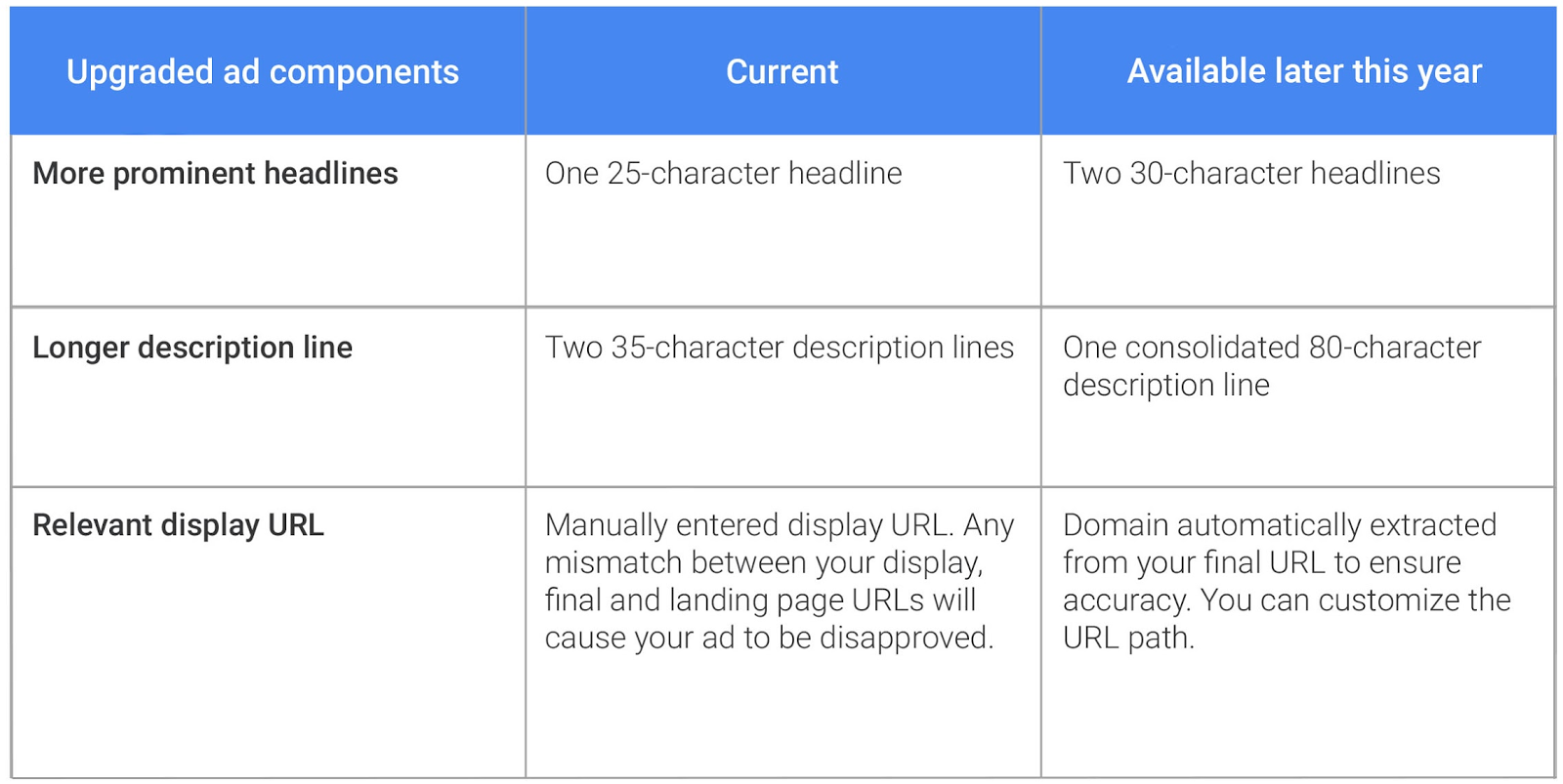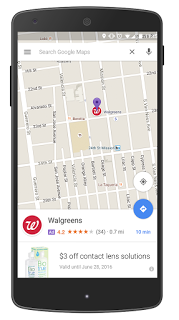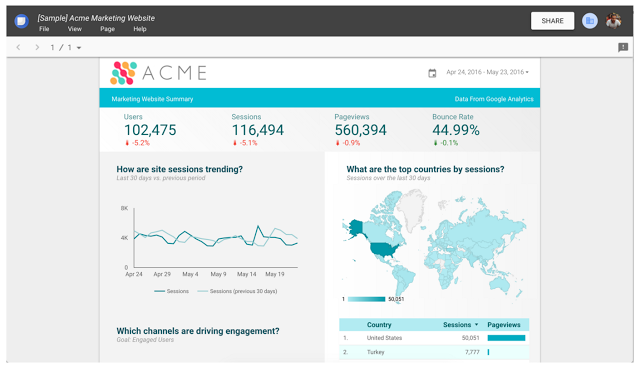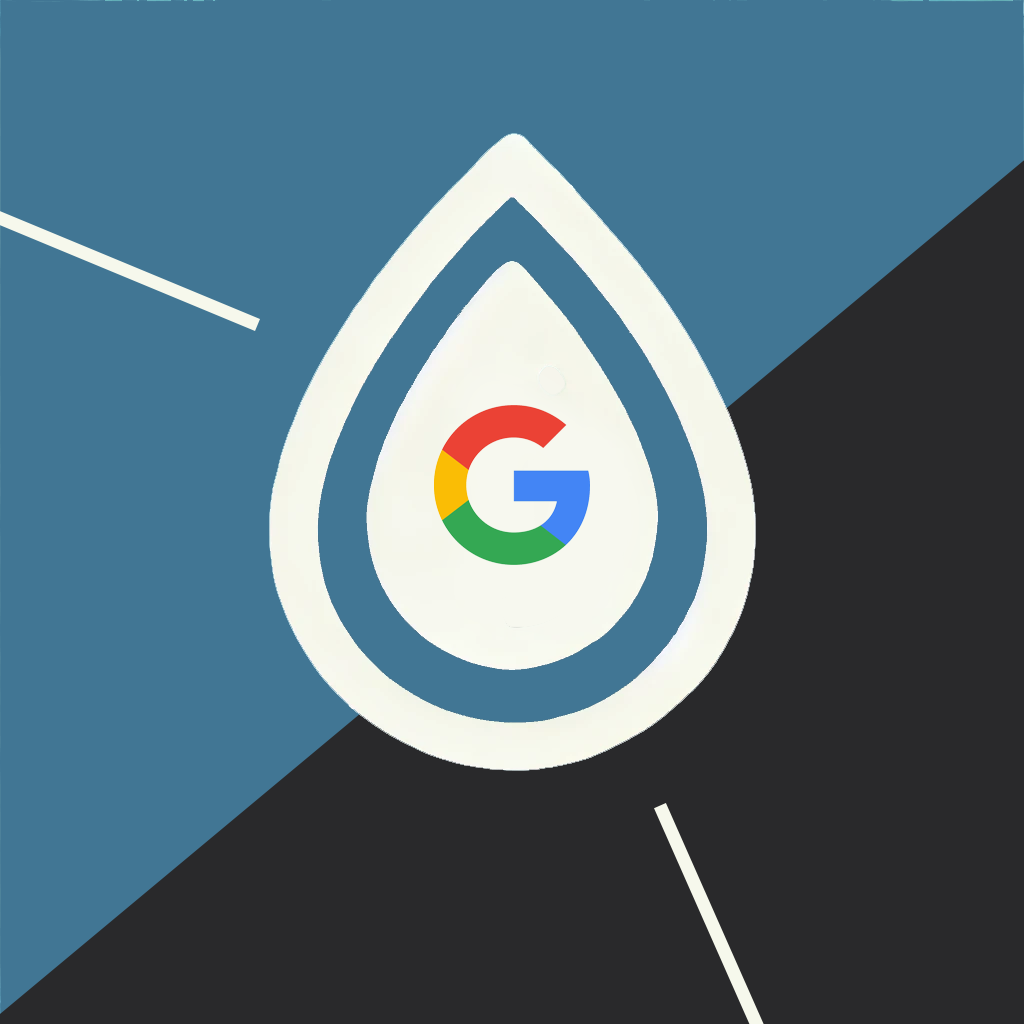Making the Most of Google’s New and Upcoming Changes
Matt Brady#Digital Marketing, #SEO

We look at the exciting new changes that Google will be rolling out to Google AdWords, Google Analytics, and search later this year.
In the past few months, we’ve seen Google make some major changes, including updating how ads are displayed on Search Engine Results Pages (SERPs) and introducing new tools for webmasters and advertisers. And they certainly aren’t done yet! In May 2016, they announced some exciting new changes that will affect Google AdWords, Google Analytics, and the world of Search Engine Optimization (SEO). Let’s look at what’s new and coming soon:
More Characters!
One thing that many online marketers struggle with is the character limits they have to work with. When a page is displayed in Google’s search results, the titles are limited to 70 characters, and descriptions must be less than 150 characters. Any more than that, and the titles and/or descriptions are truncated. This forces marketers and content editors to come up with creative ways to write descriptive titles and descriptions that fit into the space provided, and I’m sure every marketer can relate to the frustration of coming up with a great title and finding out that it is just a couple characters too long.
Users of Google AdWords run into a similar frustration when trying to fit descriptions of the products and services they are advertising into the space provided. Currently, AdWords ads provide one 30-character headline and two 35-character description lines, which isn’t a lot of space to work with, leading to more of the same creative word-wrangling mentioned above.
It seems that Google has listened to our frustrations, since they are going to be increasing the characters in both AdWords ads and search results. In the expanded text ads that will be available later this year, AdWords will now allow two 30-character headlines and one single 80-character description line. This extra space will be greatly appreciated by advertisers, and Google is optimizing ads so they are more appealing and effective on mobile displays (more on this below).

The extended character limits also apply to Google’s search results. I should note here that the amount of space Google gives to search results is actually measured in pixels rather than characters. In May, following the elimination of ads from the right sidebar of SERPs, Google expanded the width of search results from 500 to 600 pixels, meaning that titles are now 10-15 characters longer, and descriptions can fit 16-20 more characters. What’s more, in some cases, descriptions are now being given three lines instead of two, offering even more space for marketers to work with.
While this extra space is nice, it is still a good idea to write concise, effective headlines and descriptions, making sure that you are letting people know at a glance the value they can get from your content. But it sure is good to have some extra breathing room!
Mobile-First!
Now that more than half of all searches on Google take place on mobile devices, it’s become obvious that mobile is more important than ever. While Google has focused on mobile friendliness in their search results, they are now bringing this emphasis on mobile to AdWords, which had previously been desktop focused.
In addition to the increased character counts mentioned above, Google is also formatting ads on the Google Display Network (that is, image-based ads that appear on websites other than Google.com) to be automatically responsive, adapting to fit each user’s display, no matter what device they are using.

Google is also offering more flexibility on bidding. Previously, ads were automatically created for display on desktop computers, and AdWords users could set positive or negative bid adjustments for mobile devices. Now, AdWords will allow advertisers to set individual bid adjustments for desktop, mobile, and tablet, and the bids can be adjusted to a wider range (up to +900%). This means that advertisers can target only mobile or tablet users and not have their ads seen on desktops at all, which was not previously possible.
Going Local!
With Google’s increased emphasis on mobile, one thing that they’ve noted is the importance of local search. Nearly one third of mobile searches are related to a person’s location, and Google is helping advertisers reach these searchers with their new local search ads.
These ads will be displayed in Google search results and on Google Maps, and they will allow advertisers to target people in their local area and display their business information to people who are searching for terms like “pet store near me” or “local locksmith.”
In addition, Google is also creating new types of ads in Google Maps, including Promoted Pins, which will be able to show people nearby locations that they might be interested in, such as gas stations and coffee shops. They are also adding new features to Google My Business pages, so advertisers will want to make sure to keep these pages updated and make use of the value they can provide to their customers.

Getting Analytical!
In March 2016, Google announced their new Google Analytics 360 Suite, which provides powerful analytics and reporting tools for enterprise-level companies. For large companies that can afford it, this is a great product, but what about the rest of us?
Well, we’re in luck: Google has announced Data Studio, a free version of their Data Studio 360 product that provides users with the ability to create up to five reports using data from multiple sources, including Google Analytics, Google AdWords, and your own SQL databases. Data Studio has some great tools for visualizing data, and it allows multiple users to collaborate on creating reports simultaneously. With these tools, you’ll be able to get even more out of your data, helping you to meet your digital strategy goals!

If you want to know more about the changes that are coming from Google, I recommend watching their keynote speech from the Google Performance Summit on May 24, 2016. It’s full of great information, and it’s exciting to watch the speakers demonstrate new capabilities, such as the ability to make contextual searches (like “How many impressions did my AdWords campaigns receive in the last month?”) within Google Adwords and get an immediate answer.
If you’re looking to take advantage of the possibilities provided by Google AdWords, need to set up traffic monitoring on your site with Google Analytics, or want to know how you can optimize your site for search, we can help! Please contact us, and we’ll work with you to help you make the most of these tools and bring you success in your digital strategy!Related Posts

The Google Leak and Creating Content That Doesn't Suck
This year's leak of Google's internal SEO documents underscored the need for web content that doesn't suck. But here's what else we learned...

How Brands can Navigate Elon Musk's Twitter
Should the changes at Twitter impact your social strategy? Is it still an effective way to connect with your customers? Read more to learn why or why not.
Results Matter.
We design creative digital solutions that grow your business, strengthen your brand and engage your audience. Our team blends creativity with insights, analytics and technology to deliver beauty, function, accessibility and most of all, ROI. Do you have a project you want to discuss?
Like what you read?
Subscribe to our blog "Diagram Views" for the latest trends in web design, inbound marketing and mobile strategy.
